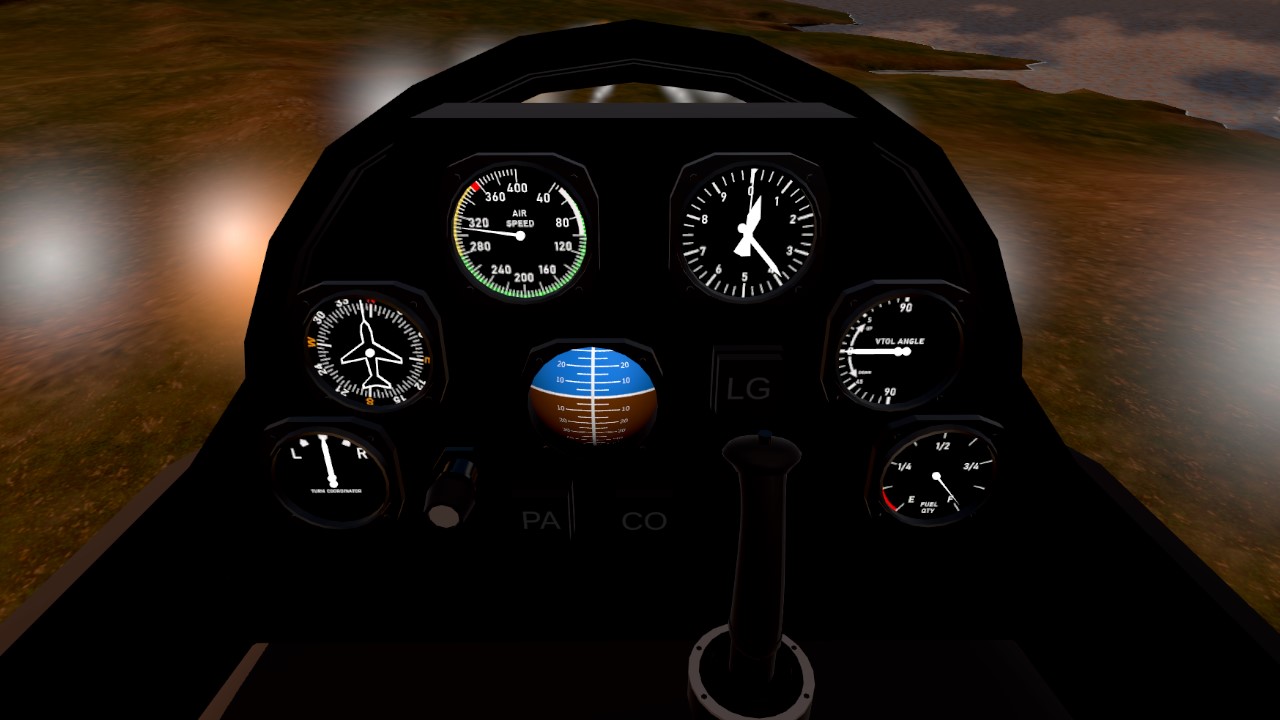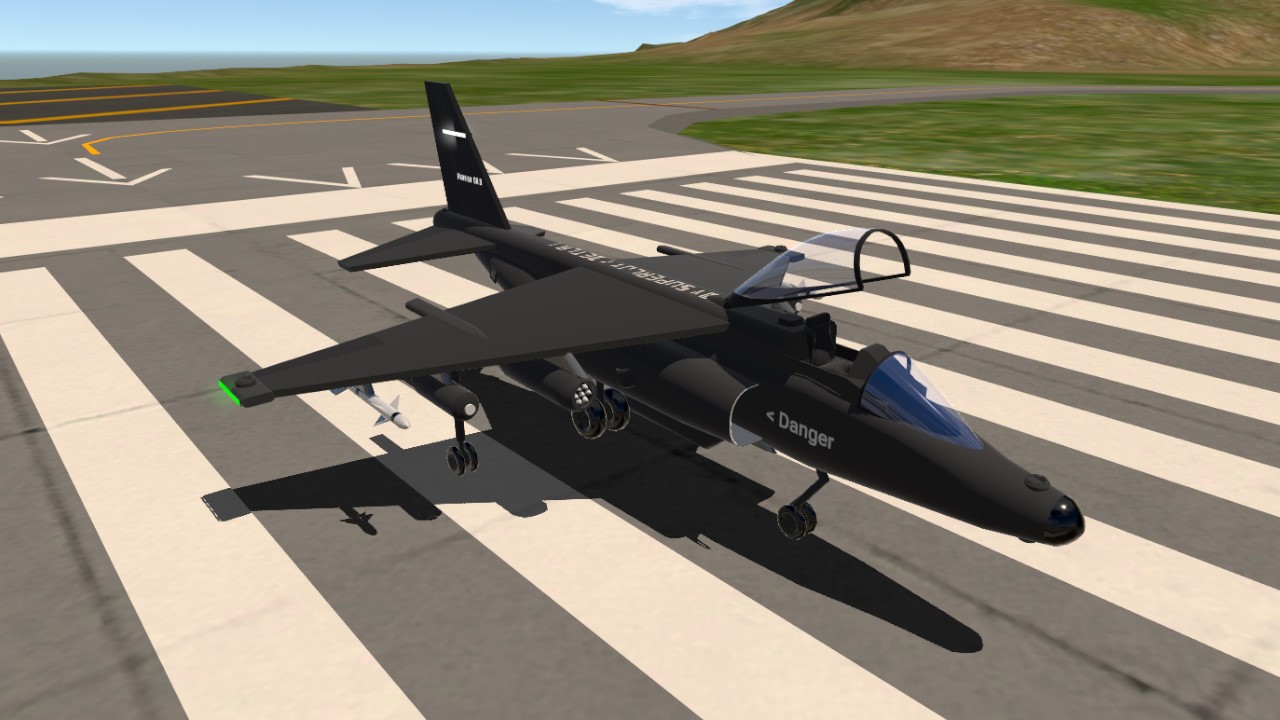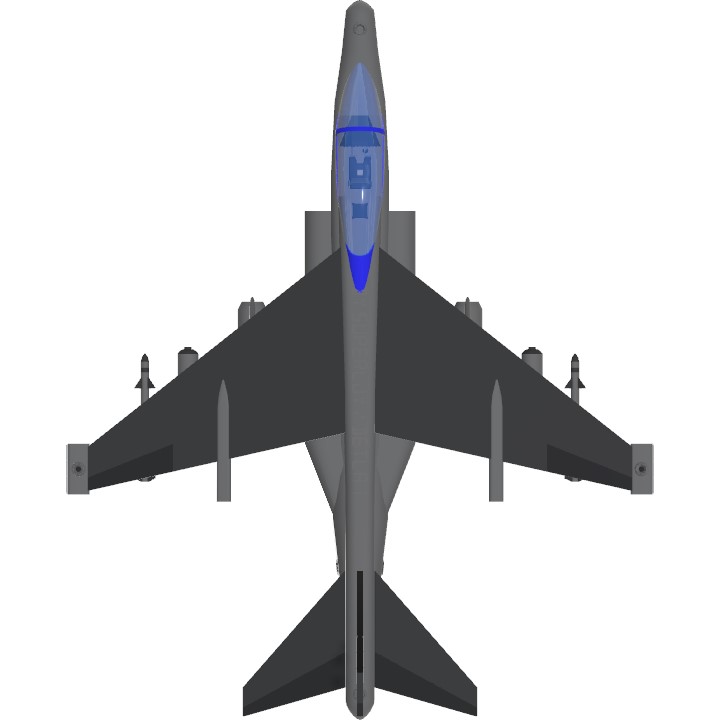Harrier GR.3
About
BackGround
A very simple Harrier in 117 Parts
Harrier fighter is the second-generation semi fighter of British subsonic jet I.
The Harrier fighter adopts a single seat swept wing aerodynamic layout and is equipped with a turbofan engine. It is the first practical vertical / short-range takeoff and landing fighter in the world. It can carry a variety of weapons such as missiles, bombs, rockets and machine guns. It mainly performs tasks such as maritime patrol, fleet air defense, attacking sea targets, reconnaissance and anti submarine.
Harrier fighter was developed by Hawk aircraft company and Bristol aeroengine company. It made its first flight on August 31, 1966 and was officially named in 1967. It began to equip the army in April 1969. It is mainly divided into harrier series, "sea harrier" series and harrier II series. The United States once imported the "sea harrier" series from Britain and improved it to be called AV-8B, Serving in the U.S. Marine Corps.
Weapons
Aim-9B * 2
UGB-500 *2
80mm Tatra * 42
Flares * 2
Chaffs * 1
Controls
Pitch=Pitch
Roll=Roll
Yaw=Yaw
VTOL=VTOL
Trim=Trim
V(Default)=Use Countermeasure Dispensers
AG1=Use Parachute
AG2=Canopy
Specifications
General Characteristics
- Predecessor Harrier GR.3
- Created On Windows
- Wingspan 33.4ft (10.2m)
- Length 40.6ft (12.4m)
- Height 16.7ft (5.1m)
- Empty Weight 9,484lbs (4,302kg)
- Loaded Weight 16,445lbs (7,459kg)
Performance
- Power/Weight Ratio 1.229
- Wing Loading 59.6lbs/ft2 (290.9kg/m2)
- Wing Area 276.0ft2 (25.6m2)
- Drag Points 5950
Parts
- Number of Parts 117
- Control Surfaces 5
- Performance Cost 744






